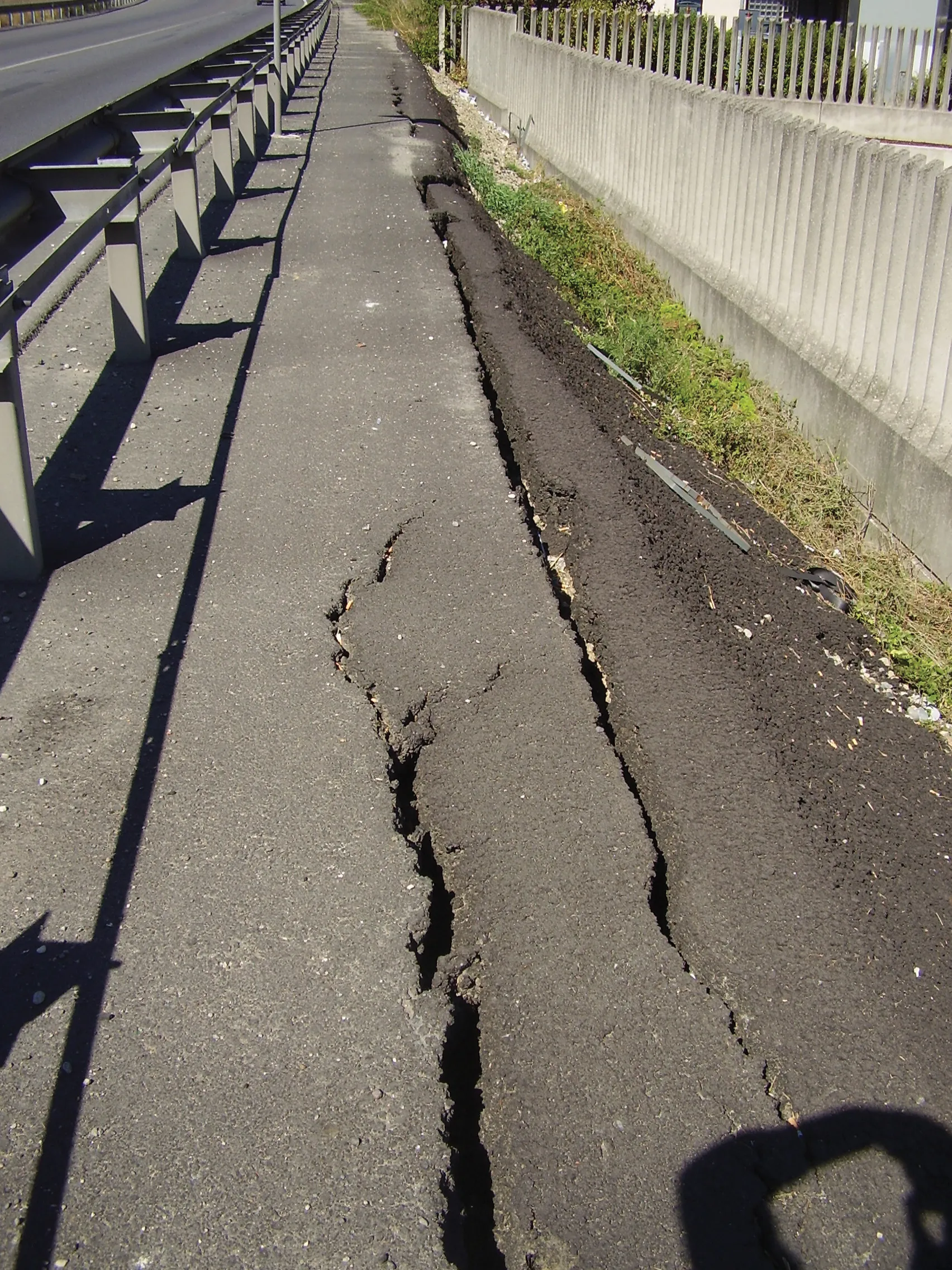*Nigel Grout discusses methods for minimising the risk of potential legal issues in construction projects Disputes and the construction industry are synonymous with each other. In a climate of economic downturn, the prevalence of major disputes will continue to be high as parties are unwilling or not able to compromise to reach a settlement. According to the latest ‘Global Construction Disputes’ report by EC Harris, the global average value of a construction dispute in 2012 was nearly US$32 million.
September 30, 2013
Read time: 4 mins

*Nigel Grout discusses methods for minimising the risk of potential legal issues in construction projects
Disputes and the construction industry are synonymous with each other. In a climate of economic downturn, the prevalence of major disputes will continue to be high as parties are unwilling or not able to compromise to reach a settlement. According to the latest ‘Global Construction Disputes’ report by3449 EC Harris, the global average value of a construction dispute in 2012 was nearly US$32 million.
Typically, construction disputes involve claims for additional costs, late or non-payment, project delay and disruption to the works. Both contractors and employers regularly cite common causes. These include poor contract administration, not properly understanding the contract, failure to comply with contractual obligations, insufficient tender price, incomplete design, failure to give access or possession of the site, changes to works, differing site conditions and force majeure events.
Despite the propensity for disputes to occur, many international practitioners in dispute resolution consider that more could be done to avoid or minimise the impact of disputes. However, it is time for a more uniform approach to be adopted in international projects; an approach that includes the facility for dispute avoidance as well as dispute resolution.
For many years, arbitration and litigation have been the favoured forms of dispute resolution if negotiation between the parties fails. Despite their widespread use, a major problem with both these procedures is the excessive cost and length of time required to reach a conclusion, and these inherent problems show no signs of improving. Arbitration of significant disputes can often take between two and four years, and even this period of time compares favourably with litigation in many national court systems. Arbitration and litigation are also restrictive in that they are reactive rather than proactive, focusing entirely on the resolution of disputes after they have arisen, rather than trying to avoid disputes in the first place.
But many of the current problems associated with construction disputes could be addressed by a far wider global recognition and usage of standing Dispute Adjudication Boards. This type of Dispute Board is established at the start of a project, and apart from dispute resolution, one of its main roles is to help the contracting parties try and resolve issues before they become disputes. This is facilitated by the Dispute Board members being kept up to date with progress and developments, and visiting the site at regular intervals (typically every 3-4 months). During these visits the Dispute Board can observe any problems or potential problems first hand, and discuss matters of concern with both the Contractor and Employer. If required, the Dispute Board can also give informal advice and opinions.
The importance of dispute avoidance as well as dispute resolution is recognised by the World Bank and a number of major multilateral Development Banks, who include in their Standard Bidding Documents a mandatory requirement to establish a standing Dispute Board. A similar requirement is also included by the International Federation of Consulting Engineers (FIDIC) in the latest editions of their Red, Gold and Pink Books, which are widely used conditions of contract on international projects.
Despite this widespread endorsement, there are many international projects where the contractual provision for standing Dispute Boards is either deleted, not implemented, or only implemented when a dispute occurs, losing the significant benefit of dispute avoidance. Inevitably, one of the main reasons for lack of use is cost. Whilst the Dispute Board is a very small percentage of the overall contract value, and is considerably less than the cost of arbitration or litigation, it is not an insignificant expense.
To encourage a far wider use of standing Dispute Boards, the major international funding institutions could follow the example set by the2416 Japan International Cooperation Agency (JICA), by funding the whole process. Although many funding organisations stipulate a standing Dispute Board, they do not currently include the overall cost of the Dispute Board as part of their funding, nor do they make the establishment of a standing Dispute Board a condition to receiving full project funding. A change in policy from the funding banks would give borrowers far more reason to implement Dispute Boards.
Recent improvements to the FIDIC conditions of contract for enforcing Dispute Board decisions are also likely to enhance their usage. In the event of a losing party failing to comply with a Dispute Board decision, the failure itself is now capable of being referred to arbitration for summary or other expedited relief, so any necessary enforcement should be achieved relatively quickly.
Disputes will clearly remain an integral part of construction life. But standing Dispute Boards with their facility for dispute avoidance as well as dispute resolution, and their savings in time and cost when compared to arbitration and litigation, are likely to play an increasing role in minimising the impact of construction disputes.
Disputes and the construction industry are synonymous with each other. In a climate of economic downturn, the prevalence of major disputes will continue to be high as parties are unwilling or not able to compromise to reach a settlement. According to the latest ‘Global Construction Disputes’ report by
Typically, construction disputes involve claims for additional costs, late or non-payment, project delay and disruption to the works. Both contractors and employers regularly cite common causes. These include poor contract administration, not properly understanding the contract, failure to comply with contractual obligations, insufficient tender price, incomplete design, failure to give access or possession of the site, changes to works, differing site conditions and force majeure events.
Despite the propensity for disputes to occur, many international practitioners in dispute resolution consider that more could be done to avoid or minimise the impact of disputes. However, it is time for a more uniform approach to be adopted in international projects; an approach that includes the facility for dispute avoidance as well as dispute resolution.
For many years, arbitration and litigation have been the favoured forms of dispute resolution if negotiation between the parties fails. Despite their widespread use, a major problem with both these procedures is the excessive cost and length of time required to reach a conclusion, and these inherent problems show no signs of improving. Arbitration of significant disputes can often take between two and four years, and even this period of time compares favourably with litigation in many national court systems. Arbitration and litigation are also restrictive in that they are reactive rather than proactive, focusing entirely on the resolution of disputes after they have arisen, rather than trying to avoid disputes in the first place.
But many of the current problems associated with construction disputes could be addressed by a far wider global recognition and usage of standing Dispute Adjudication Boards. This type of Dispute Board is established at the start of a project, and apart from dispute resolution, one of its main roles is to help the contracting parties try and resolve issues before they become disputes. This is facilitated by the Dispute Board members being kept up to date with progress and developments, and visiting the site at regular intervals (typically every 3-4 months). During these visits the Dispute Board can observe any problems or potential problems first hand, and discuss matters of concern with both the Contractor and Employer. If required, the Dispute Board can also give informal advice and opinions.
The importance of dispute avoidance as well as dispute resolution is recognised by the World Bank and a number of major multilateral Development Banks, who include in their Standard Bidding Documents a mandatory requirement to establish a standing Dispute Board. A similar requirement is also included by the International Federation of Consulting Engineers (FIDIC) in the latest editions of their Red, Gold and Pink Books, which are widely used conditions of contract on international projects.
Despite this widespread endorsement, there are many international projects where the contractual provision for standing Dispute Boards is either deleted, not implemented, or only implemented when a dispute occurs, losing the significant benefit of dispute avoidance. Inevitably, one of the main reasons for lack of use is cost. Whilst the Dispute Board is a very small percentage of the overall contract value, and is considerably less than the cost of arbitration or litigation, it is not an insignificant expense.
To encourage a far wider use of standing Dispute Boards, the major international funding institutions could follow the example set by the
Recent improvements to the FIDIC conditions of contract for enforcing Dispute Board decisions are also likely to enhance their usage. In the event of a losing party failing to comply with a Dispute Board decision, the failure itself is now capable of being referred to arbitration for summary or other expedited relief, so any necessary enforcement should be achieved relatively quickly.
Disputes will clearly remain an integral part of construction life. But standing Dispute Boards with their facility for dispute avoidance as well as dispute resolution, and their savings in time and cost when compared to arbitration and litigation, are likely to play an increasing role in minimising the impact of construction disputes.








